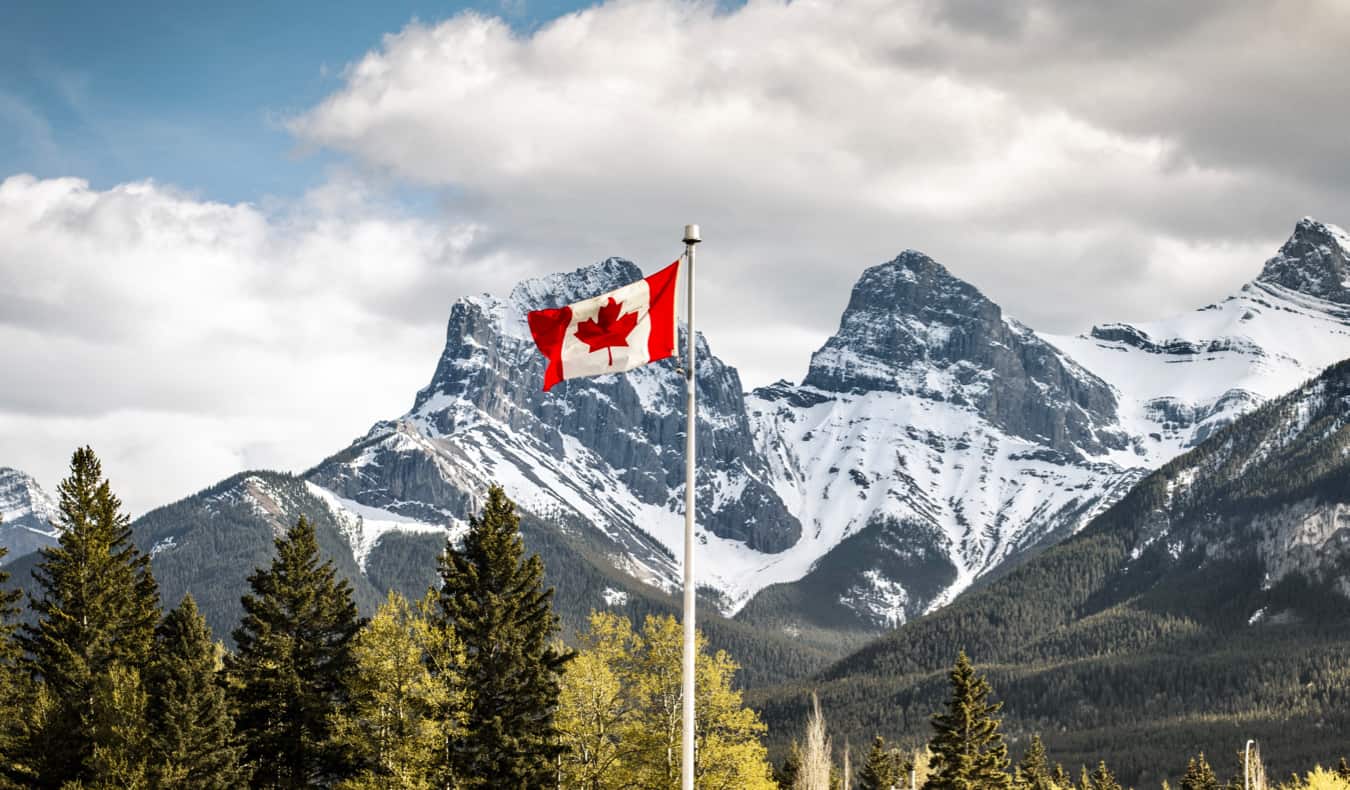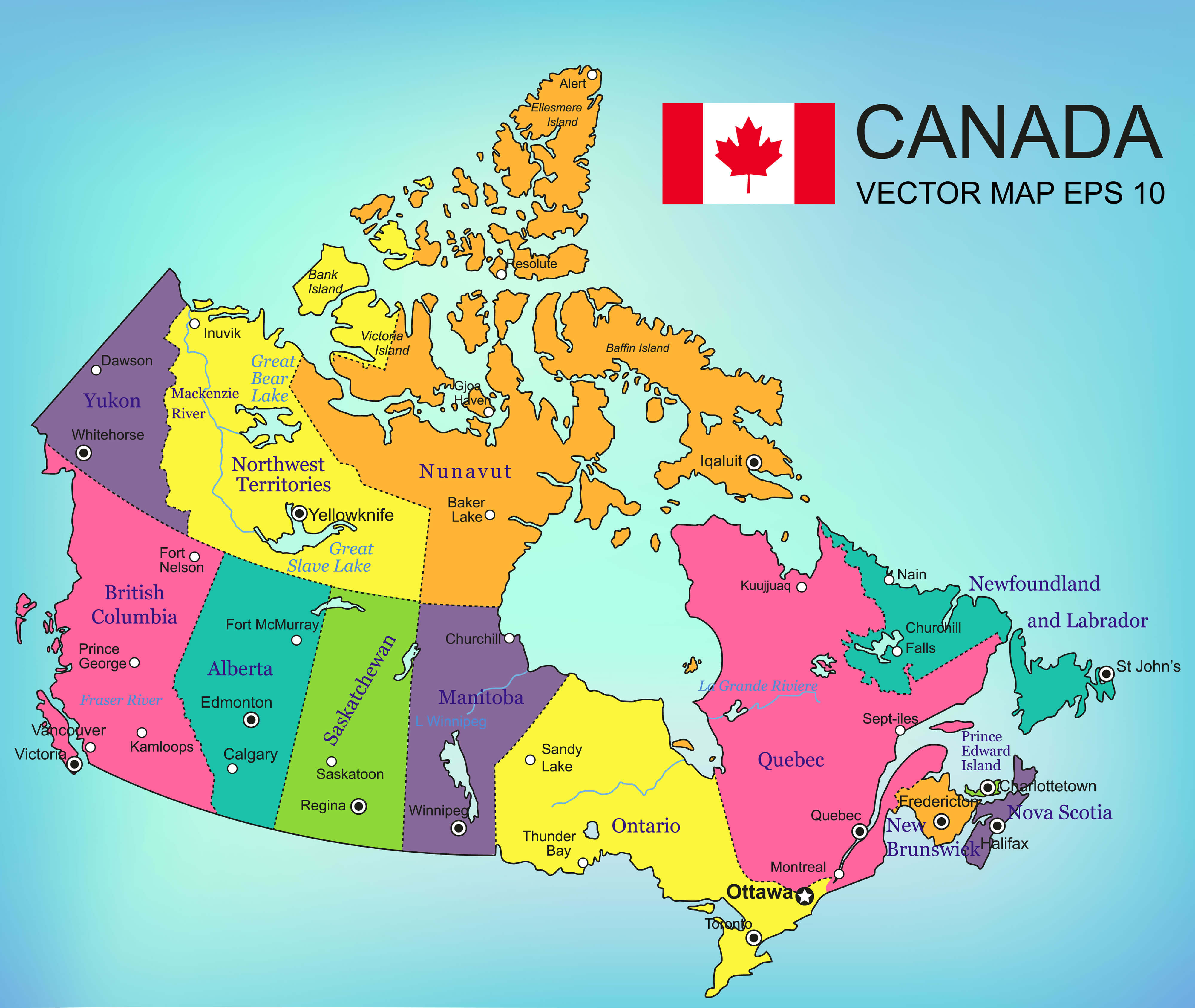Natural Hazards in Canada
August 25,2023
Welcome!
Canada is a country in North America. Home to the world's longest coastline, it measures 243,042 km, includes the coasts of offshore islands and the mainland coast, and shares the world's longest international border with the United States, 8,890 km. The most renewable freshwater per person (109,837 m3) is produced by Canada. I'm sure we've all seen the wildfires in Canada that have affected the air quality in parts of the United States in the news just last month. To my surprise, floods are Canada's most frequent natural hazard and occur throughout the year. This is due to man-made dams, the rapid melting of a thick snow pack, ice jams, and heavy rainfall.
At times, people tend to confuse the differences between hazards, disasters, and catastrophes. It's important to know that no area in the world is considered hazard-free. A natural hazard is when, for example, a part of an area of land has a mudslide, but nobody lives in that area of land. Therefore, no one is affected. Now, if people live in that land area where a mudslide occurs, it becomes a natural hazard. Because the event (mudslide in this case) becomes a potential threat to property and human life. A natural disaster can apply to different events. Some can be if ten or more people die, the event affects more than one hundred people, they declare a state of emergency, and international assistance is requested. A catastrophe is a massive disaster that will take a long time, usually years, to recover, requiring significant money to be spent to return to normality.
Sources:
https://www150.statcan.gc.ca/n1/pub/11-402-x/2011000/chap/geo/geo01-eng.htm
https://www150.statcan.gc.ca/n1/pub/11-402-x/2011000/chap/geo/geo01-eng.htm



Amazing first entry-welcome to Geol9!
ReplyDeleteThank you, professor!
Delete